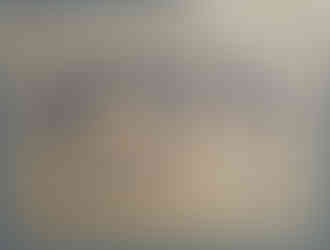Pattachitra - Oriya
- arnayar
- May 9, 2022
- 2 min read
Updated: May 25, 2022
Pattachitra art, which includes Oriya Pattachitra, Palm Leaf Etching and Kalighat Pattachitra of West Bengal, is a form of art that is traditionally painted on specially treated fabric with natural colours derived from local stones by the artists themselves. Of late, the Oriya Pattachitra artists also paint on fine Tussar silk sourced from local weavers.
This art form is a family tradition which passes down through generations and across communities.
It is predominantly practiced in Raghurajpur, a village in the eastern state of Orissa. This revered community of Chitrakar’s, or artists, still know and follow centuries-old practices and rules of this art form, and remain true to the traditional practice.
The making of the canvas is one of the key features of this art. Often, old cotton sarees are used to prepare the canvas for painting upon (zero waste!). First, the fabric is layered and treated with a paste made from boiling pre-soaked tamarind seeds in water. Tamarind seeds, when boiled, create a gummy solution which helps ground chalk stone powder to stick on the cloth, making it white, thick and firm ... a suitable canvas for a work of art.
Traditionally, Oriya Pattachitra artists worked with only 5 colours - red, yellow, white, black, and a variety of indigo, all derived from materials found in, and around, their villages. Some rules govern the art form: for example, the image of Lord Ram is always painted in green, while Krishna is blue. Also, the borders are always floral.
The main subjects of their art are either Lord Jagannath (a famous image of Lord Krishna typical of Orissa), Radha-Krishna, Dashavatara (the 10 incarnations of Vishnu, the preserver), stories from the epics of Ramayana and Mahabharata, and of the Panchmukhi Ganesh (five-headed Ganesh). They now also paint the images of various god’s and goddesses from the Hindu pantheon.
The postures are few, and the lines clear and sharp. The focus is on the incident, or idol. The central figure(s) are surrounded either by pictorial scenes from the epics that relate to them, or by an arch with elaborate motifs of foliage and flowers. The paintings almost always have a border with a repetitive floral motif.
This community, while acknowledging the changing world they inhabit, cling resolutely to their heritage and their craft. They bring to their canvas their complete faith in, and devotion to, their God. This is the lens through which they view their profession, and more than skill and practice, this is what speaks through their paintings. Each one I have viewed has taken me to a more wondrous place in my mind, and I hope we can help spread awareness and appreciation for this very special and ancient art form.







Comments